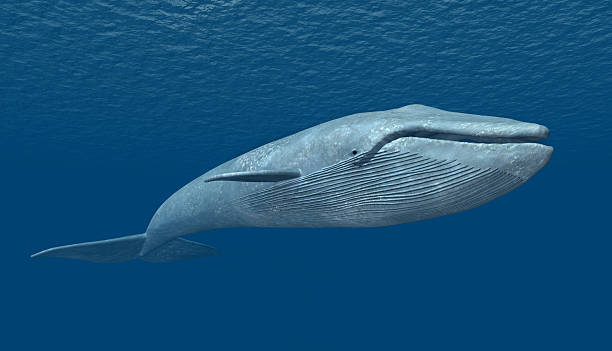Which animal is both the biggest mammal and the largest living creature on Earth?
The biggest mammal is the blue whale, which swims in all of the world's seas. The biggest blue whale ever reported was at least 110 feet (33.5 meters) long and weighed 209 tons (189,604 kilograms). Males have an average length of 82 feet (25 meters) while girls have an average length of 85 feet (26 meters). A baby blue whale may weigh 2.5 to 4 tons (2,268 to 3,628 kg), whereas an adult blue whale can weigh 100 to 120 tons. Whale calves consume 50 to 150 liters of their mothers' milk per day, gaining around 8 pounds (3.6 kilograms) each hour, or 200 pounds (90.7 kilograms) per day.
When the calf is weaned at around eight months of age, it is close to 50 feet (15.2 meters) long and weighs about 25 tons (22,679 kilograms). Blue whales have no teeth. Instead, they have hundreds of rows of baleen plates in their upper jaw: flat, flexible plates with ragged edges stacked in two parallel rows that resemble thick hair combs. Blue whales eat krill, which is a little shrimp-like invertebrate.
Large marine animals, such as whales and dolphins, are thought to have brains similar to humans. They can communicate, follow directions, and adjust to new situations. Blue whales have been targeted for their baleen and blubber (fat) throughout history, and they are now considered an endangered species. The global blue whale population is estimated to be in the hundreds to tens of thousands, however it is a small fraction of what it was before hunting.














